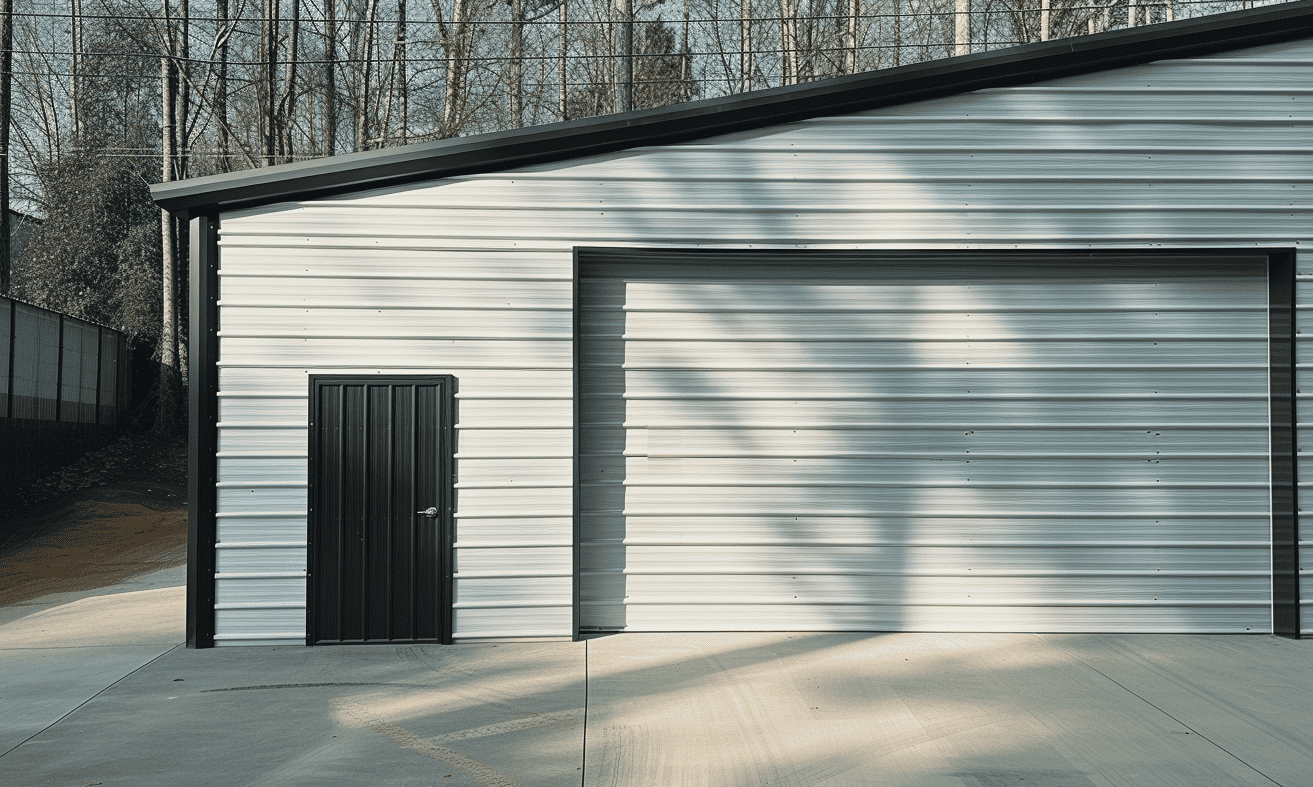Navigating a construction site is like traversing a bustling, organized chaos where every worker plays a vital role in building our communities. Amidst the towering cranes and clattering tools, one aspect of safety stands paramount – respiratory protection in construction. While PPE in construction covers a medley of protective gear, ensuring clean air for breath is crucial for preserving our workforce’s health. Ready to dive deeper into the importance of respiratory safety in the field of construction? Let’s explore further.
Understanding Respiratory Hazards in Construction
Imagine working under a cloud of dust or in an environment filled with toxic fumes. It’s not an imaginary scenario for many construction workers but a daily reality. Respiratory hazards, including dust, chemical fumes, and vapors, pose significant risks. Even though construction sites are known for their dynamic environment, overlooking respiratory protection isn’t an option.
These hazards can lead to occupational illnesses, including asthma, chronic obstructive pulmonary disease (COPD), and, in severe cases, cancer. According to Canadian Construction Association – Respiratory Protection in Construction, ensuring proper respiratory protection is not just compliance but a moral obligation towards the workforce.
Types of Respiratory Protection Needed
Not all respiratory protection is created equal, and choosing the right gear is crucial for effective safety. The most common types of respiratory protection used in construction include:
1. **Disposable Masks:** Ideal for light dust environments, these are cost-effective and convenient but lack the robustness for toxic fumes.
2. **Half-Face Respirators:** Offering a more comprehensive seal against the face, these respirators are suitable in environments with hazardous gases or vapors.
3. **Full-Face Respirators:** Providing eye protection in addition to respiratory safety, these are perfect for environments with high concentrations of irritating vapors.
4. **Supplied-Air Respirators:** Postulating a steady air supply from a safe source, these are used in areas where the air is not safe to breathe for prolonged times.
Developing a Respiratory Protection Program
Just like constructing a building requires blueprints, ensuring respiratory safety requires a well-structured plan. Here’s a snapshot of what a successful respiratory protection program entails:
– **Hazard Assessment:** Identifying and assessing potential respiratory hazards on the site.
– **Device Selection:** Choosing the appropriate respirators based on hazard assessment.
– **Training and Fit Testing:** Training employees on proper use, and conducting fit tests to ensure a proper seal.
– **Maintenance Protocols:** Establishing guidelines for maintaining and replacing equipment.
For more structured guidance, services like Your Building Team’s Services can provide expert implementation of such programs, ensuring adherence to regulations and safeguarding workers.
The Role of Employers and Regulatory Bodies
When considering respiratory protection in construction, one cannot overlook the vital role that employers and regulatory bodies play. Employers must be proactive in creating and maintaining a safety-first culture. This includes regular training, updated safety protocols, hazard assessments, and ensuring that PPE in construction is readily available and used correctly.
Regulatory bodies set the standards that safeguard workers’ health across the industry. They establish guidelines that ensure a fundamental layer of protection, such as the National Institute for Occupational Safety and Health (NIOSH) guidelines in Canada.
Overcoming Challenges in Implementation
Deploying effective respiratory protection can be challenging due to factors like cost, worker resistance, and lack of awareness. Building a truly protective work environment involves overcoming these challenges through:
– **Education and Training:** Use engaging methods to teach the importance of respiratory protection. Demonstrations, workshops, and informational pamphlets can work wonders in raising awareness.
– **Promoting Adoption:** Address workers’ resistance by explaining benefits in relatable terms. Comparisons and analogies can often make a complex issue understandable.
Interested in additional safety topics? Learn about confined space safety in construction to tackle another crucial safety area.

Innovative Solutions and Industry Collaborations
As technology continues to advance at a breathtaking pace, the construction industry is beginning to embrace innovative solutions designed to enhance safety further. Smart wearables with built-in air quality sensors, real-time data analytics, and automated monitoring systems directly feed into the respiratory protection effort.
Moreover, collaborations among stakeholders, including employers, industry experts like Your Building Team, and suppliers, lead to improved standards and best practices. Exchange of ideas and partnerships within the industry foster an environment conducive to collective safety.
Long-Term Implications for Respiratory Safety
Respiratory protection in construction is not just about immediate safety but long-term health implications, which can affect the entire industry. Embracing robust practices ensures both compliance and the well-being of those who are the backbone of construction projects. In essence, investing in respiratory protection is investing in the future of the workforce and the industry itself.
Conclusion
At its heart, respiratory protection in construction is less about equipment and more about protecting lives. The air we breathe on construction sites – thanks to diligent practices and cooperative efforts – should never compromise health. As the industry moves forward, the goal remains unwavering: a safer, healthier working environment for all construction professionals. In the end, a well-implemented respiratory protection strategy doesn’t just build structures; it fortifies a foundation of safety and health.










